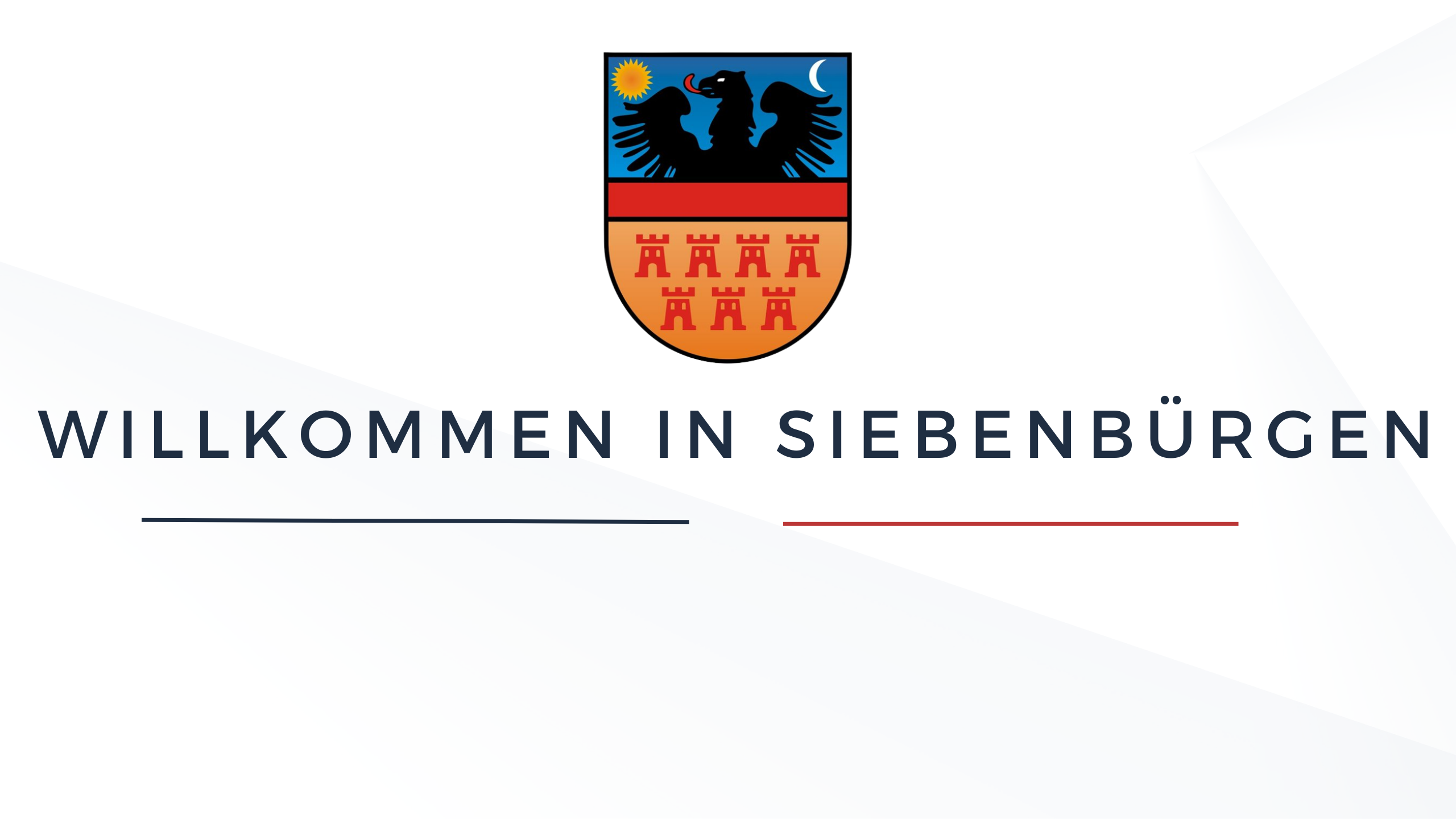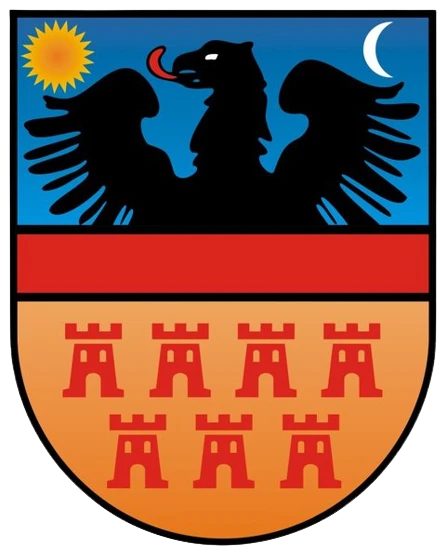Transylvania, in german also known as Transsilvanien or Transsylvanien, is a historical region in present-day Romania. The region is located in the center of the country and is surrounded by the majestic Carpathian Mountains. Transylvania is known not only for its picturesque landscape, but also for its rich cultural history and diverse ethnic composition.
The German name Siebenbürgen has various names in other languages. In Romanian the region is called Ardeal or Transilvania, in Hungarian Erdély and in Transylvanian Saxon Siweberjen.
The exact origin of the German name is not clear, but it is believed to refer to seven cities founded by Transylvanian Saxons, namely Sibiu, Brașov, Bistrița, Sighișoara, Sebeș , Orăștie and Cluj-Napoca.
The meaning of the name Transylvania can be derived from its components. "Trans" means "beyond" and "silva" means "forest". Therefore, Transylvania is the area that lies beyond the forest.

History:
The history of Transylvania dates back to ancient times, but the region was settled by German settlers in the 12th century. These settlers, also known as Transylvanian Saxons, accepted an invitation from King Géza II of Hungary. They formed a strong community and had a significant influence on the culture and architecture of the region.
Transylvania is home to numerous historic cities, including Cluj-Napoca, Sighisoara, Brasov and Sibiu. These towns are characterized by their well-preserved medieval architecture and are popular destinations for tourists who want to experience the rich history of the region firsthand.
Today, Transylvania is known for its diverse cultural history and picturesque landscape. The region is also famous for its culinary specialties, such as "Mici" (grilled meat rolls) and "Kurtos Kalacs" (a sweet pastry baked on a wooden skewer).

Places of interest:
One of the most famous sights of Transylvania is Bran Castle, also known as the Castle of Dracula. The town of Sighișoara, as the birthplace of Vlad Tepes, the historical model for Dracula, is considered another significant attraction. The city of Brașov with its beautiful old town and many historic buildings also magically attracts visitors.
Transylvania is thus a fascinating region in Romania, known for its history, culture and natural beauty. The region offers a true paradise for nature lovers and outdoor enthusiasts. Here you can go hiking, biking, climbing or skiing, depending on the season.
"In Transylvania, clocks don't measure time, they measure eternity."
Romanian old saying

The Weser Uplands (Lower Saxony, Germany) and Transylvania:
A well-known legend closely associated with Transylvania is that of the Pied Piper of Hamelin. According to legend, the following happened in 1284: A large number of rats plague the town of Hamelin in Germany, causing considerable inconvenience to its inhabitants. During this time of suffering, a mysterious man appears who quickly becomes known as the Pied Piper. He offers to drive the rats out of the town for a certain amount of money. After the inhabitants have agreed, the Pied Piper begins to play a melody on his flute. This melody attracts all the rats and leads them out of the town.
But here the story takes an unexpected turn: When the Pied Piper does not receive the promised payment, he returns and plays another tune. This time, however, the melody attracts not the rats, but all the children of the city. The Pied Piper leads the children out of the city and disappears with them into a mountain. It is reported that some claim that the children were led into a secret cave and reappeared in Transylvania.
This legend has given rise to many speculations and interpretations over time. Some believe that it is based on historical events, while others consider it a pure fable. Regardless of its actual truth, the story of the Pied Piper of Hamelin remains closely associated with the Transylvanian region and has helped shape the region's reputation as mystical and mysterious.
A few more facts about Transylvania:
Transylvania covers an area of around 100.000 km² (38.610 mi²), making it slightly larger than Austria approx. 84.000 km² (32.433 mi²). It is surrounded by the majestic Carpathian Mountains, which give the region an impressive natural border.
Transylvania is characterized by an impressive landscape of imposing mountains, gentle valleys, babbling rivers and dense forests.
At 2544 m (8344 ft), Moldoveanu is the highest mountain in Romania. It is located in the Făgăraș sub-mountain range of the Transylvanian Alps.
- Due to its geographical location and its turbulent history, Transylvania is a region where different cultures and ethnicities meet. Romanians, Hungarians, Germans and Gypsies have left their mark on the history and culture of this fascinating region.
Sibiu is considered the cultural center of Transylvania and was named European Capital of Culture in 2007. The city impresses with its charming old town, historic buildings and diverse cultural offerings.
- An absolute highlight is the city of Sighișoara one of the best preserved medieval cities in Europe. In 1999 it was declared a World Heritage Site by UNESCO and delights visitors with its narrow streets, impressive towers and historic buildings.
- Nature lovers will also get their money's worth in Transylvania. The region is home to a number of nature reserves, including the High Tatra Mountains and the Retezat Mountains. These impressive mountain landscapes offer breathtaking views and are a paradise for hikers and adventurers.
The Astra Museum in Sibiu is the largest open-air museum in Romania and gives visitors a fascinating insight into the traditional Romanian way of life. It presents authentic buildings, crafts and customs from times gone by.
Another special feature are the picturesque villages that characterize the landscape of Transylvania. Often old fortified churches dominate the picture here, which are not only architectural masterpieces, but also serve as witnesses of past times.
The people of Transylvania proudly preserve their traditional rural way of life and agriculture. Old customs and traditions are celebrated in folk festivals and cultural events, where visitors can experience the hospitality and warmth of the locals.
Overall, you can say:
Transylvania is a place where history, culture and natural beauty blend harmoniously. With its rich cultural diversity, breathtaking scenery and historical sites, Transylvania is a fascinating destination that enchants visitors with its unique atmosphere and unmistakable charm.









